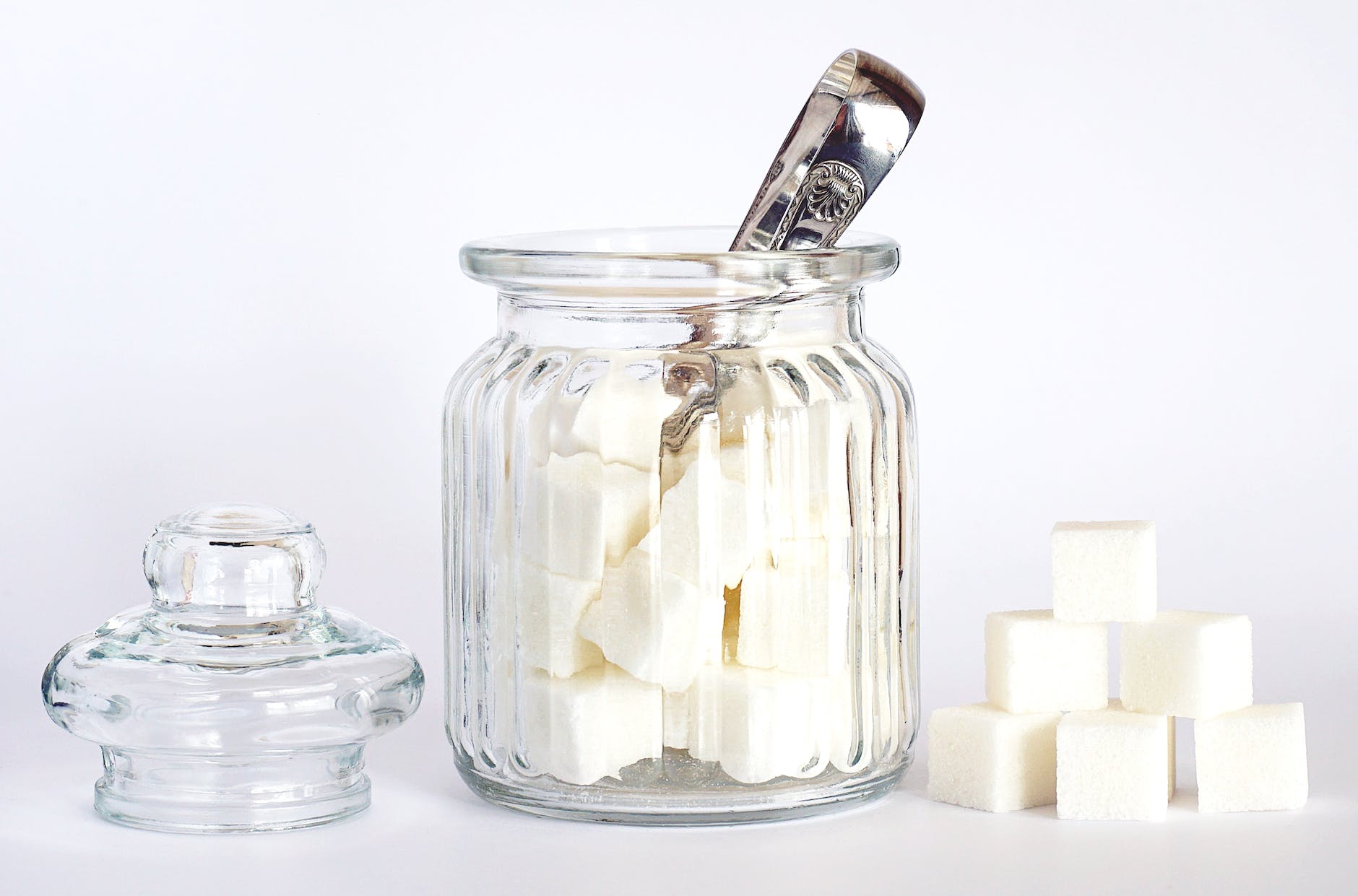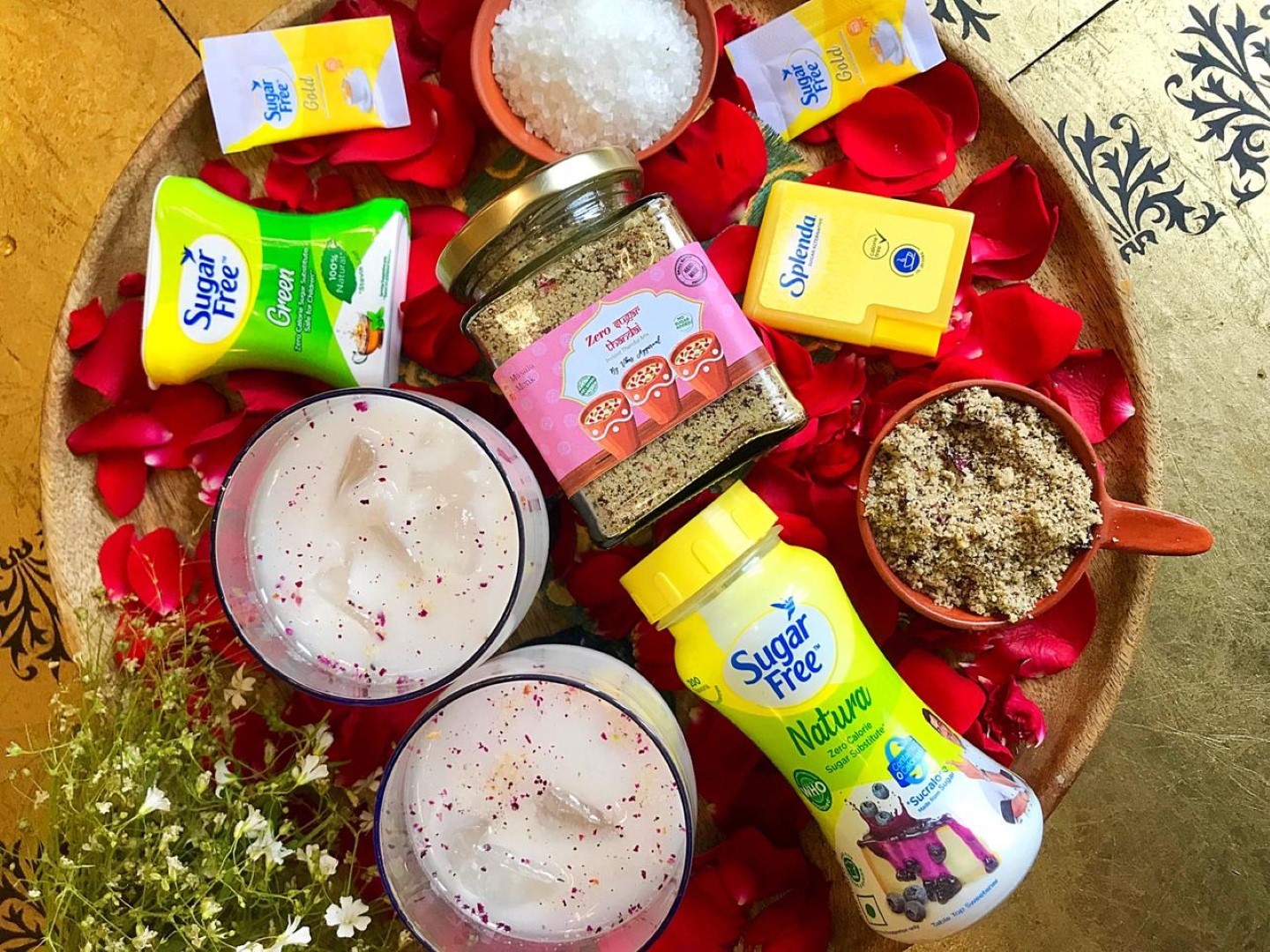
The Apple Watch has transformed the landscape of wearable technology, evolving from a trendy accessory to an essential health monitoring tool. As Apple continues to innovate with each new model, users are keen to understand its capabilities, especially regarding blood pressure monitoring. Let’s explore this in detail.
Can the Apple Watch Measure Blood Pressure Directly?
While the Apple Watch, including the latest models like the Apple Watch Ultra and Series 8, boasts a myriad of health features, it currently lacks a built-in mechanism to measure blood pressure. However, this limitation doesn’t render the watch ineffective in this domain.
How Can I Use My Apple Watch to Monitor Blood Pressure?
The Apple Watch’s versatility shines when paired with external devices and apps, making blood pressure monitoring a seamless experience.
1. Withings BPM Connect Wi-Fi Smart Blood Pressure Monitor:
- Features: This monitor is known for its medical-grade accuracy. It provides real-time feedback using a color-coded system, making it user-friendly.
- Integration with Apple Watch: Once paired, readings taken from the Withings monitor can be viewed directly on your Apple Watch, ensuring you’re always informed. Source
2. iHealth Feel Wireless Bluetooth Blood Pressure Monitor:
- Features: Apart from its wireless convenience, it offers a comfortable cuff design and provides rapid readings.
- Integration with Apple Watch: The iHealth app on the Apple Watch displays your readings, and over time, you can view trends and patterns, helping you make informed health decisions. Source
3. YHE BP Doctor Pro:
- Features: This unique device doubles as a smartwatch and a blood pressure monitor, offering readings at the touch of a button.
- Integration: While it operates independently, it’s a noteworthy mention for those who prefer an all-in-one solution. Source
What Unique Features Does the Health App Offer for Blood Pressure Data?
The Health app, in tandem with the Apple Watch, offers a holistic approach to health monitoring.
1. Data Visualization:
The app provides detailed graphs showcasing your blood pressure readings over various time frames, from daily fluctuations to monthly averages.
2. Custom Notifications:
If your readings veer off the normal range, the Apple Watch can send you timely alerts. This proactive approach ensures you’re always aware of your health status.
3. Data Sharing:
For users who have integrated healthcare systems, the Health app can relay your readings directly to your healthcare provider, ensuring they’re equipped with the latest data during your consultations.
What’s Next for Blood Pressure Monitoring on Apple Watch?
The tech community is abuzz with anticipation regarding Apple’s future endeavors. With the advanced health metrics the Apple Watch Ultra and Series 8 already offer, it’s only a matter of time before direct blood pressure monitoring becomes a reality.
FAQs for “How to Check Blood Pressure on Apple Watch: A Comprehensive Guide”
- Does the Apple Watch have a built-in blood pressure monitor? While the Apple Watch offers a wide range of health features, it currently does not have a direct built-in mechanism to measure blood pressure. However, it can be paired with external devices to monitor and log blood pressure readings.
- Which external blood pressure monitors are compatible with the Apple Watch? Several external monitors, such as the Withings BPM Connect Wi-Fi Smart Blood Pressure Monitor and the iHealth Feel Wireless Bluetooth Blood Pressure Monitor, can be seamlessly integrated with the Apple Watch. These devices allow users to view and track their blood pressure readings directly on the watch.
- How does the Health app on the iPhone assist in blood pressure monitoring? The Health app provides a consolidated dashboard where users can view their blood pressure readings alongside other health metrics. It offers interactive visualizations, customized notifications based on readings, and the ability to share data with healthcare providers.
- Are there any third-party apps on the App Store for blood pressure monitoring with the Apple Watch? Yes, the App Store hosts numerous third-party apps that can assist in logging and monitoring blood pressure readings. While these apps might not measure blood pressure directly, they can be used to track and analyze readings taken from external devices.
- Is Apple planning to introduce direct blood pressure monitoring in future Apple Watch models? Apple continuously innovates with each new model of the Apple Watch. While the current models, including the Apple Watch Ultra and Series 8, do not offer direct blood pressure monitoring, there’s anticipation around the potential introduction of this feature in future iterations.
Conclusion:
While the Apple Watch may not directly measure blood pressure as of now, its compatibility with external devices and the comprehensive Health app make it an invaluable tool for those keen on cardiovascular health.
Blog Tags for the Post: Apple Watch, Blood Pressure Monitoring, Health App, Wearable Technology, Cardiovascular Health, External Blood Pressure Monitors, Apple Watch Ultra, Apple Watch Series 8, Health Metrics, Third-party Apps, Blood Pressure Trends, Health Data Integration.













